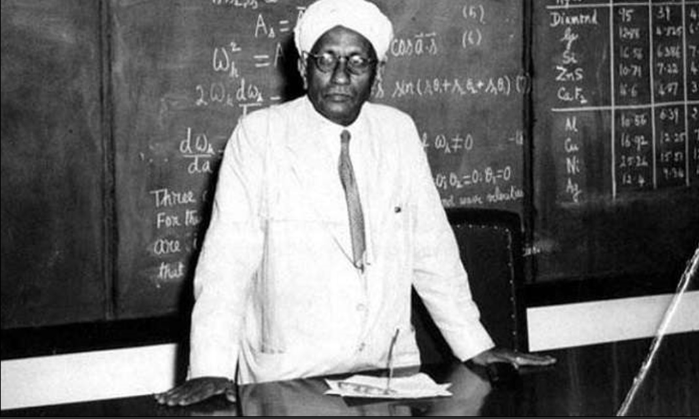National Science Day is celebrated on February 28 to honour the discovery of the ‘Raman Effect’ by Sir Chandrasekhara Venkata Raman. Sir CV Raman is one of the names among Indians whom the country is proud of as the Indian physicist won the Nobel Prize in physics in 1930 for his work on the scattering of light and for the discovery of the effect named after him – ‘The Raman Effect’. Sir CV Raman is the only Nobel Laureate in the science of Indian origin who studied, worked, and continued to live in the country his entire life.
What is Raman Effect?
The change in the wavelength of light when a light beam is deflected by molecules is known as Raman Effect. It is also known as Raman scattering and Raman spectrum.
Why are seas Blue?
A glass of water has no colour. But a deep-sea with the same water is a brilliant blue. Ever thought of that? Sir CV Raman did, back in 1921 when he was on his way back from his first visit to England on the SS Narkunda, the curiosity was such that Sir CV Raman began small experiments on the ship with his limited types of equipment. On November 17, 1921, CV Raman sent a letter concerning ‘The Colour of the Sea’ to the journal, Nature, from there the quest began for a solid explanation for the colour of the sea. At that time, Scientists believed the sea was blue because it reflected the colour of the sky.
On 28 Feb 1928, a major breakthrough was made, one of CV Raman’s experiments gave clear results. The results showed that the light of one colour was passed through a liquid, but the light that emerged has small traces of another colour. This meant that the molecules in the liquid were changing the colour of some of the light passing through it. That was a sensational finding which opened the door for many things.
We Need to bridge the gap between scientist and masses
Scientists are not an exciting community, they sit in a lab and do their work but they are not obliged to talk about their work. A new group of trained individuals in the field of Science communication has to come up to bridge the gap between the scientists and the common masses. Earlier, the knowledge and information relating to science and technology was communicated by the scientists itself in India, which is changing as with time, Science is being talked in our country and individuals are there who are trying their level best to convey scientific ideas to a layman in a very attractive manner.
Theme for National Science Day 2021
Every year the National Science day has a theme and this year the theme is ‘Future of STI: Impact on Education Skills and Work’. In 2020 the theme was “Women in Science”.The theme this year has been chosen for the purpose of raising public appreciation of the scientific issues involved and the impacts science has on education, skill and work.






















 WhatsApp us
WhatsApp us
Pingback: 토렌트 다운
Pingback: see this
Pingback: b4R
Pingback: DevOps consulting